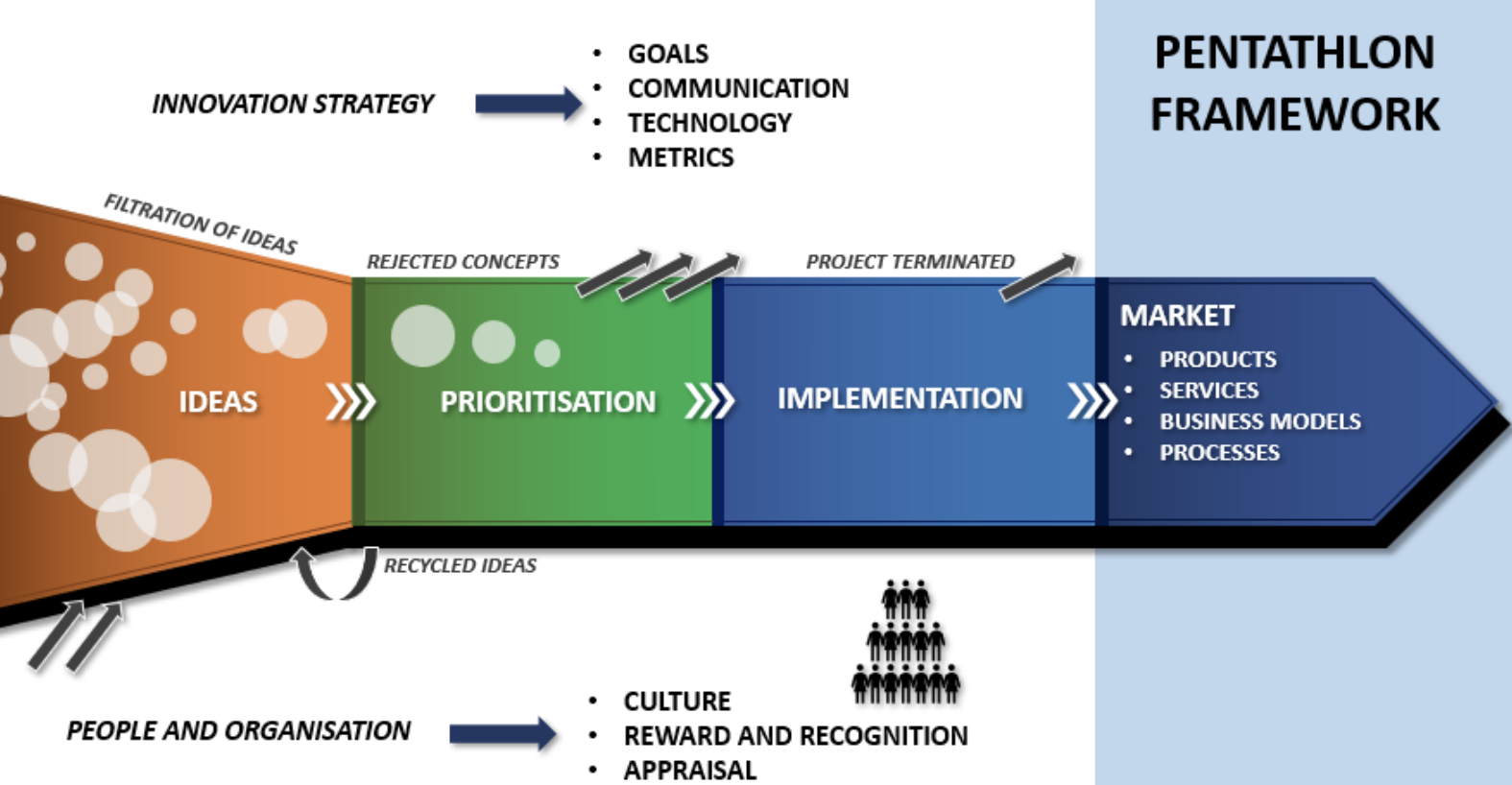Innovation management
Introduction
As part of my work in academia and industry, I have dedicated over seven years to research and development projects. Throughout this time, my focus has been on creating new and innovative ideas and prototypes that demonstrate their technological and business potential. Although I have been involved in the innovation process, I have found that it lacked structure and clarity.
As I embarked on my MSc program in Leadership, Innovation, and Technology, I began with the innovation and creativity management module. This course offered me a refreshing and practical perspective on managing innovation and creativity. I learned that innovation is not solely an R&D activity within an organization but rather a collaborative effort that involves various factors, such as talent, knowledge, team structures, tools, and processes. By combining these elements, an organization can create innovative products and services and improve its competitive advantage through a well-defined and structured innovation strategy that aligns with its business goals and mission.
Through this class, I have acquired three significant insights. Firstly, I have learned that innovation capability is an imperative requirement for organizations to improve their competitive advantages and sustain relevance in the markets. Nonetheless, innovative initiatives often struggle to maintain performance unless the innovation process is effectively managed.
This realization leads to the second key takeaway, which is that an innovation strategy is paramount to successfully managing the innovation process and building robust innovation capability. Consequently, organizations must establish coherent, well-defined processes and structures that delineate how they generate innovative ideas, synthesize them into a business concept that generates value for both customers and the organization, and prioritize which ideas to implement. The innovation strategy must align with the core business strategies and be embedded into the organizational culture, including talent and behaviors. This is crucial for shaping how an organization seeks out innovation opportunities and allocates resources for success.

Additionally, I gained insight into various frameworks, such as the Pentathlon Framework, which can guide the innovation process by providing a well-defined path to capture, prioritize, and successfully implement innovative ideas. Finally, I discovered the importance of performing an innovation audit to investigate and enhance an organization’s innovation capabilities.